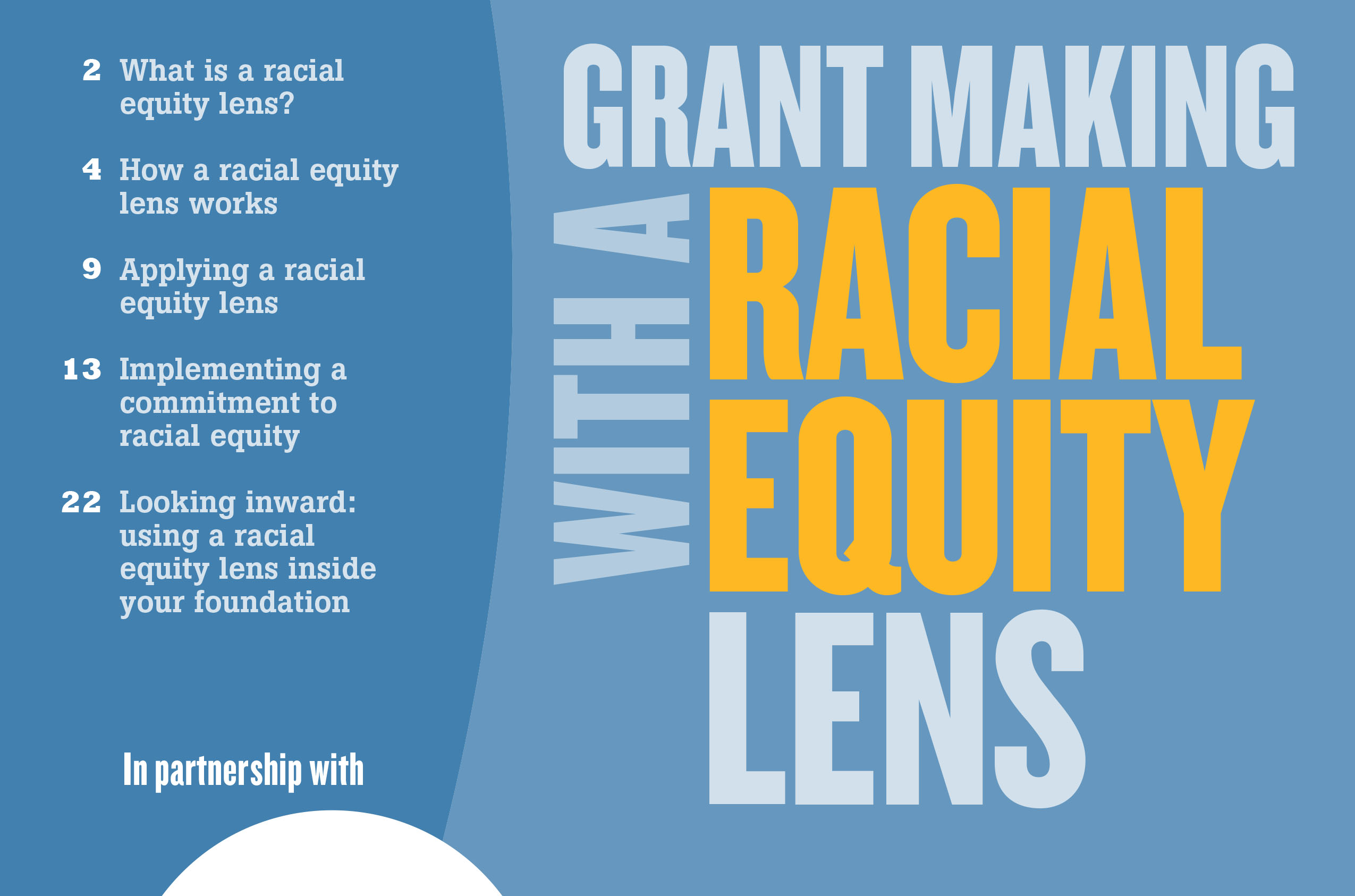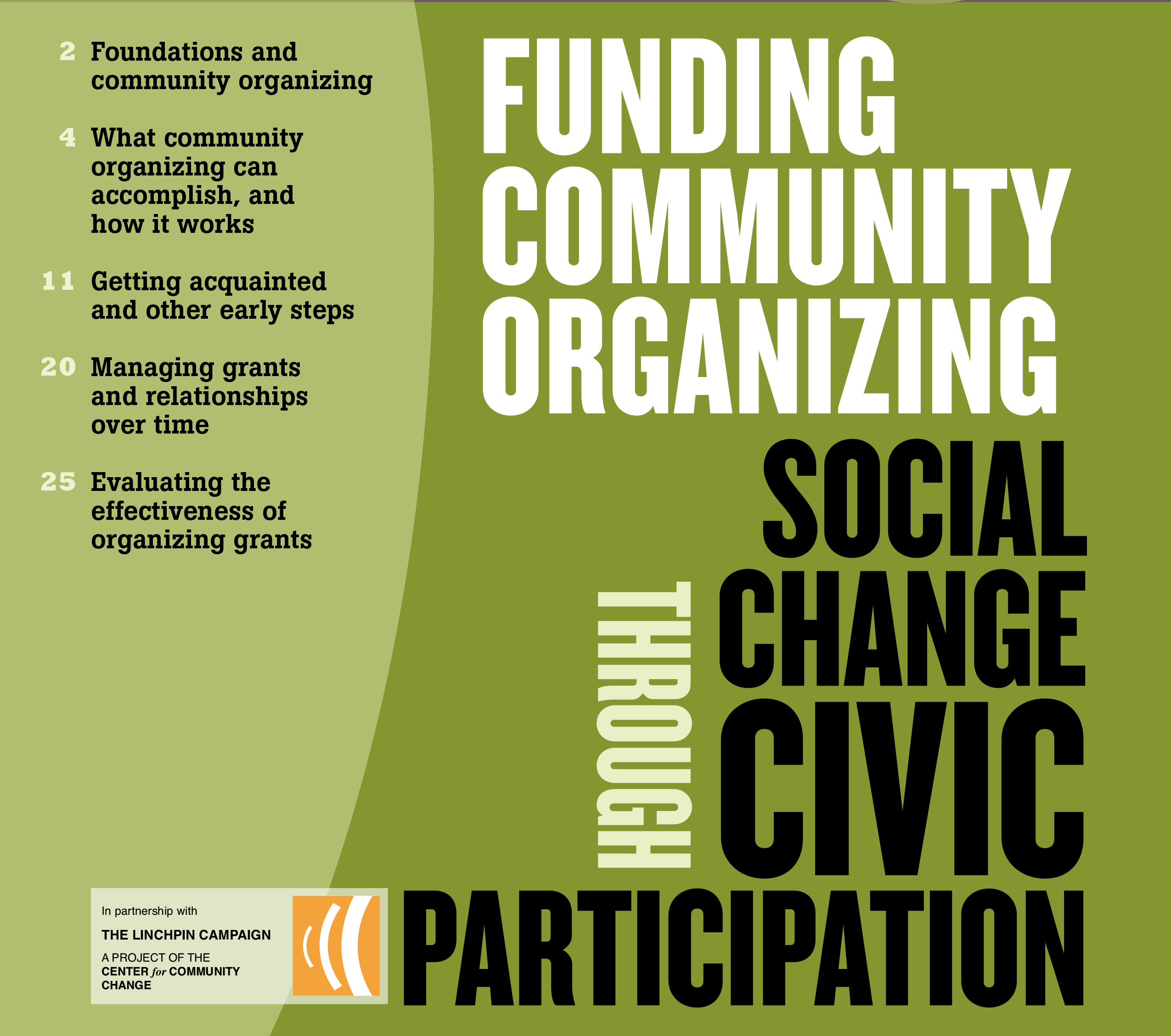Implementing a Commitment to Racial Equity in Policy + Practice
1. Modeling Diversity and Inclusiveness: “As you’re unpacking this issue and trying to figure out what to do,” a white grantmaker suggested, “it makes sense to start by asking, ‘How do we increase diversity in our own organization? Do we need a more diverse board? Do we need a more diverse staff? Do we need a more diverse vendor base? Do we need a more diverse fill-in-the-blank grantee base?’ But ultimately,” he concluded, “the issue is not about numbers. If you don’t have a welcoming environment, if you don’t have an environment that’s culturally competent, you will turn away folks pretty quickly.” Once a foundation hires people of color onto its staff, she continued, it takes intentional strategies to retain them. Fortunately, retaining a diverse staff and reaping the benefits of diversity are closely related: “The value of diversity is realized only when a foundation allows staff to bring to bear skills, abilities, and insights that are directly related to their cultural, racial, linguistic, economic, gendered, or other experiences. By combining what staff members know from their respective perspectives, foundations can come up with solutions that are more effective than what a single person could generate.
2. Reviewing Proposals: Instead of asking, ‘What’s your racial equity analysis?’ we ask, ‘How does your thinking about racial equity inform how you develop and implement programs?’” As a result, a grantmaker observed, the foundation is doing a better job of assessing proposals and at the same time learning more about the actual practice of racial equity and how it is evolving.
3. Communicating Consistently: To be effective, a foundation’s message on racial equity should reflect a commitment that is clearly understood and demonstrated across the entire organization. As one grantmaker warned, “unless a foundation takes the time to create value statements, the focus tends to be on political correctness” rather than real objectives. “Without dissecting what you mean” by racial equity, said another, “you can’t communicate.”
4. Collaborating With Other Funders: Some foundations have formalized their desire to expand racial equity grantmaking in their communities or fields by establishing funders’ collaboratives that explicitly embrace racial equity principles and goals. Joining a collaborative can be reassuring to grantmakers or foundations new to the field of racial equity, since they “know they’re in good company with other mainstream, respected funders. Being aligned with others allows them perhaps to take on risks that they may not have been able to on their own.”
Takeaways are critical, bite-sized resources either excerpted from our guides or written by Candid Learning for Funders using the guide's research data or themes post-publication. Attribution is given if the takeaway is a quotation.
This takeaway was derived from Grantmaking with a Racial Equity Lens.


